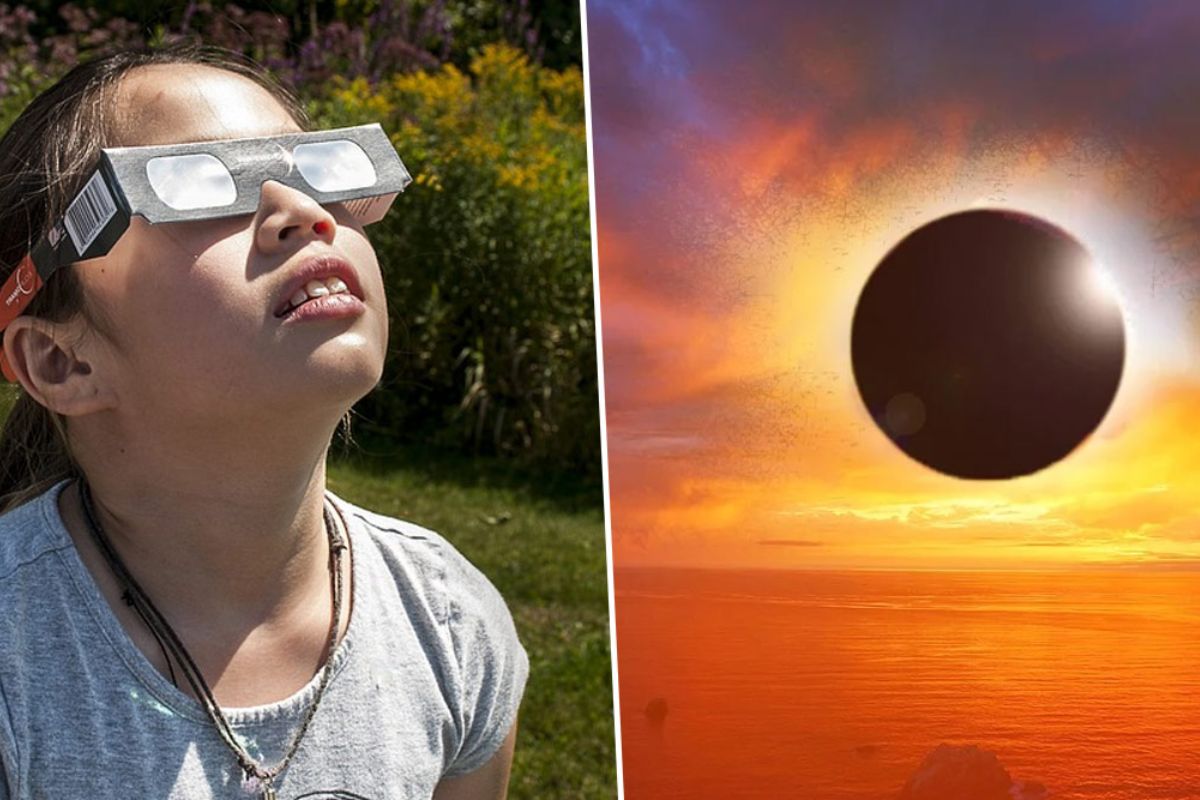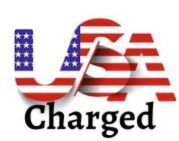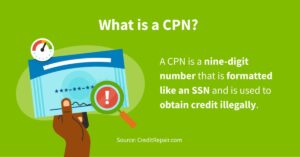Are you considering witnessing a solar eclipse? Discover more about the various types of eclipses, gather advice on organizing a trip to witness an eclipse, access guidance on safely observing eclipses, and obtain responses to some of the most common queries regarding eclipse observation.
Contents
What Are The Different Types Of Solar Eclipses?
There are several types of solar eclipses, each characterized by the arrangement of the Sun, Moon, and Earth. The primary types of solar eclipses are:
- Total Solar Eclipse: In a total solar eclipse, the Moon completely covers the Sun, casting a shadow on Earth and momentarily blocking out all direct sunlight. This allows the Sun’s outer atmosphere, called the corona, to become visible. Total solar eclipses are considered one of the most spectacular natural events.
- Partial Solar Eclipse: A partial solar eclipse occurs when the Moon partially covers the Sun, but it doesn’t completely block it. This results in a portion of the Sun remaining visible from Earth.
- Annular Solar Eclipse: An annular solar eclipse happens when the Moon covers the central part of the Sun, leaving a ring-like or “annulus” appearance around the edges. This occurs because the Moon is farther from Earth in its elliptical orbit, and its apparent size is smaller than the Sun.
- Hybrid or Annular-Total Eclipse: This is a rare type of eclipse that transitions from an annular eclipse to a total eclipse or vice versa along its path. It depends on the observer’s location within the eclipse path.
- Partial/Total Eclipse: This type involves a combination of partial and total eclipses during the same event, depending on the viewer’s location within the eclipse path.
- Partial/Annular Eclipse: Similar to the partial/total eclipse, this eclipse combines partial and annular phases, varying depending on the observer’s location.
The type of solar eclipse you observe depends on your geographic location and whether you are in the path of totality or a partial eclipse zone during a specific eclipse event. Total solar eclipses are the most captivating, but even partial and annular eclipses can be fascinating to witness.
Remember to use proper eye protection when observing any solar eclipse to avoid damaging your eyes.

Do I Need To Plan Ahead?
Parks that fall within the path of an upcoming eclipse are making preparations to accommodate increased visitation. To ensure a smooth experience during the eclipse, here are some important steps to take:
- Trip Planning: Utilize the Trip Planning Guide provided by the park to prepare for your visit. Visit the park’s website for comprehensive information about planned eclipse events and essential travel details, such as potential changes in park operating hours and the availability of services like food, water, and restroom facilities.
- Solar Filter: It’s advisable to bring your own solar filter for safe eclipse viewing. While some parks may provide eclipse viewing materials, others may not. Ensure that you have an adequate supply of solar glasses or filters for your entire group. Refer to our eye safety guidelines to ensure that your solar filters are of good quality and safe for use.
- Allow Extra Travel Time: Anticipate heavy traffic as a result of the eclipse, especially when traveling to the park. Plan for additional travel time to reach your destination and allocate extra time for finding parking, as parking spaces may be limited. Parks may also implement adjustments to traffic flow within the park, and parking options could be restricted. Be sure to check the park’s event page for the latest travel information before embarking on your journey.
By following these preparations, you can make the most of your eclipse viewing experience while ensuring your safety and comfort during your park visit.
How Do I See An Eclipse Safely?
The only safe method for directly observing the sun during an eclipse is by using specialized solar filters designed for this purpose, such as eclipse glasses or handheld solar viewers.
It’s crucial to remember that the sole safe time to gaze at the sun without solar filters is during the brief 2-4 minutes of a total eclipse. Looking at the sun without solar filters during any other phases of the eclipse or when viewing a partial or annular eclipse is never safe.
Homemade filters or regular sunglasses, no matter how dark, are not suitable for solar viewing.
Proper solar filters should meet the following criteria:
- ISO 12312-2:2015 Certification.
- The manufacturer’s name and address should be clearly printed on the product.
Solar filters that should not be used include those that:
- Lack ISO certification information.
- Have torn, scratched, or wrinkled lenses.
- Are becoming detached from their frames.
- Were manufactured prior to 2015.
To protect your eyes during an eclipse, always ensure you use certified and undamaged solar filters as recommended.
Using Eclipse Filters Correctly
When observing the sun during an eclipse, it’s vital to read and adhere to the instructions provided with your solar filter or those printed on its packaging. Additionally, it’s essential to supervise children while they use solar filters. Here are some general steps to safely view the sun during an eclipse:
- Inspect your solar filter before use. If you notice any scratches or damage, it’s crucial to discard it and obtain a new, undamaged filter. If a replacement is not available, refer to our section on Eclipse Viewing Without a Solar Filter for alternative methods.
- Before you look at the sun, put on your eclipse glasses or hold your handheld solar viewer up to your eyes.
- After you’ve viewed the sun using your solar filter, always turn away from the sun before removing the filter. Never attempt to remove your solar filter while looking directly at the sun.
- If you find yourself within the path of totality, you may remove your solar filter only when the moon entirely covers the sun’s face, resulting in a sudden, significant darkness. However, as soon as the bright sun begins to reappear, it’s essential to reapply your solar viewer to observe the remaining partial phases safely.
Please be aware that this document does not constitute medical advice. If you have any questions or concerns, it is recommended to consult with a qualified eye-care professional for guidance. Your eye safety is of utmost importance during eclipse viewing.
Eclipse Seeing With Optical Devices
It is crucial to never gaze at the uneclipsed or partially eclipsed sun through an unfiltered camera, telescope, binoculars, or any other optical device. Likewise, avoid looking at the sun through a camera, telescope, binoculars, or any optical device while simultaneously using your eclipse glasses or handheld solar viewer. The intense solar rays can harm the filter, allowing them to enter your eye(s) and potentially causing severe injury. Your safety should always be the top priority when observing celestial events like eclipses.
Eclipse Seeing Without a Solar Filter
An alternative and safe method for observing the partially eclipsed sun is through pin-hole projection. Here’s how to do it:
- Extend one hand in front of you, keeping your fingers slightly apart.
- Extend your other hand and cross its slightly open fingers over the first hand’s fingers.
- Position yourself with your back to the sun.
- Look at the shadow cast on the ground by your hands. You’ll notice that the small gaps between your fingers create a pattern of tiny images on the ground. During the partial phases of the eclipse, these images will depict the sun as a crescent shape. This pin-hole projection method allows you to safely view the eclipse without the need for direct sun exposure.
Always prioritize safety when observing celestial events like eclipses to protect your eyes from potential harm.
1. Can I Use My Naked Eyes To View The Annular Eclipse On October 14, 2023?
- No, it is not safe to view the annular eclipse without a solar filter. Use your eclipse glasses, hand-held solar viewer, or pin-hole projector during the entire eclipse.
2. Can I Use My Naked Eyes To View The Total Eclipse On April 8, 2024?
- No, even during a total eclipse, it is not safe to look at the sun with your naked eyes. Always use proper eye protection, such as eclipse glasses, to view the sun during all phases of the eclipse.
3. Is There A Difference Between Hand-Held Solar Viewers And Eclipse Glasses?
- Both hand-held solar viewers and eclipse glasses are designed to protect your eyes during solar events. They are equally effective and serve the same purpose: allowing safe viewing of the sun. Choose the one that is most convenient for you.
4. Can I Use Welding Glasses, A Welding Hood, Or Welding Helmet?
- No, welding equipment is not suitable for viewing the sun during an eclipse. These tools do not provide adequate protection from the sun’s harmful rays.
5. Can I Wear Welder’s Goggles Or Solar Filters To Protect My Eyes When I Look Through My Telescope?
- While welding goggles or solar filters can be used in conjunction with a telescope, it is crucial to ensure that they are properly certified for solar viewing. Regular welding equipment may not offer sufficient protection and can damage your eyes and equipment.
6. Can I Use My Polarized Sunglasses To Look At The Sun? What If I Only Look Quickly?
- No, polarized sunglasses are not designed for safe solar viewing. Even a quick glance at the sun without proper protection can harm your eyes. Always use certified eclipse glasses or solar viewers.
7. Can I Use A Piece Of Mylar To Look Directly At The Sun?
- Yes, you can use a piece of Mylar specifically designed for solar viewing to look at the sun safely. Ensure that it is certified for this purpose.
8. Can I Use My Straw Hat To Look At The Sun?
- No, a straw hat or any other headwear is not suitable for viewing the sun during an eclipse. Always rely on certified eclipse glasses or solar viewers.
9. Where can I find more information about eclipses?
- You can find more information about eclipses from reputable sources such as astronomical organizations, observatories, and space agencies. Additionally, you can refer to educational websites and publications dedicated to astronomy and celestial events. Always seek information from reliable sources when planning to observe solar eclipses.
Read More;



